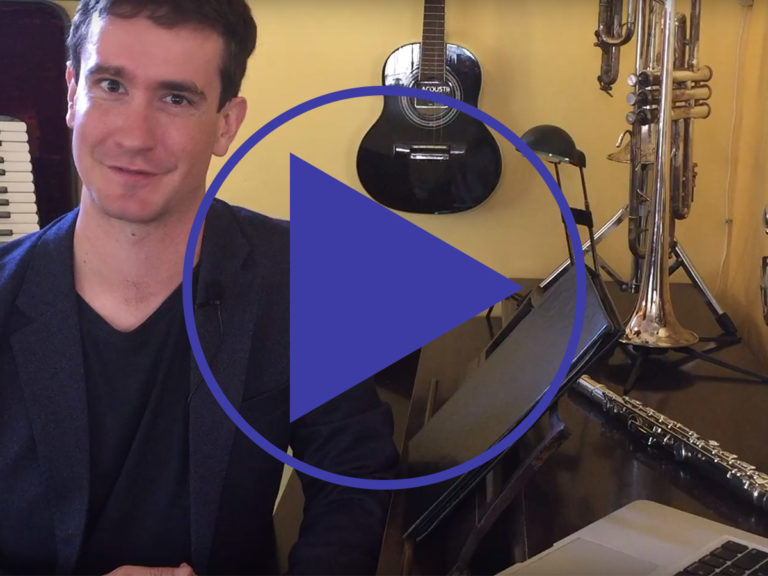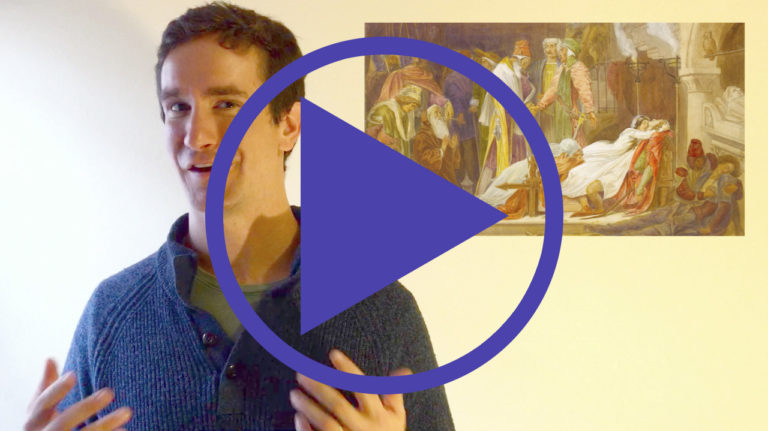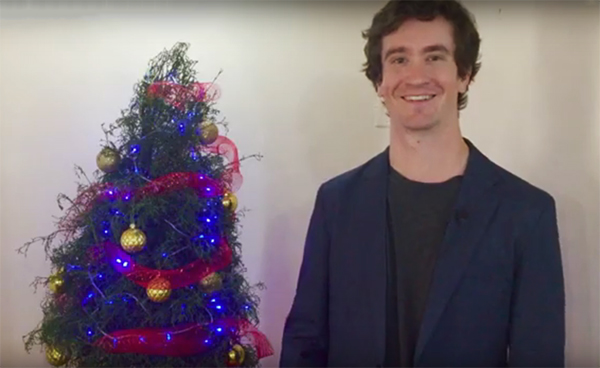
Jupiter Symphony (Mozart) – Musical Languages Moment
We go over what we call a “minor deflection” that occurs during the 4th movement of Mozart’s “Jupiter” Symphony. Using a MITA Interactive Score to follow along with and navigate around the notation, we examine how Mozart uses this device, reminiscent of his opera writing, to build surprise into the beginning (exposition) and end (recapitulation) of the movement. Beginners welcome! Experience this Interactive Score and many more with the free MITA Sampler. Video Transcript Hello, and welcome to a MITA



